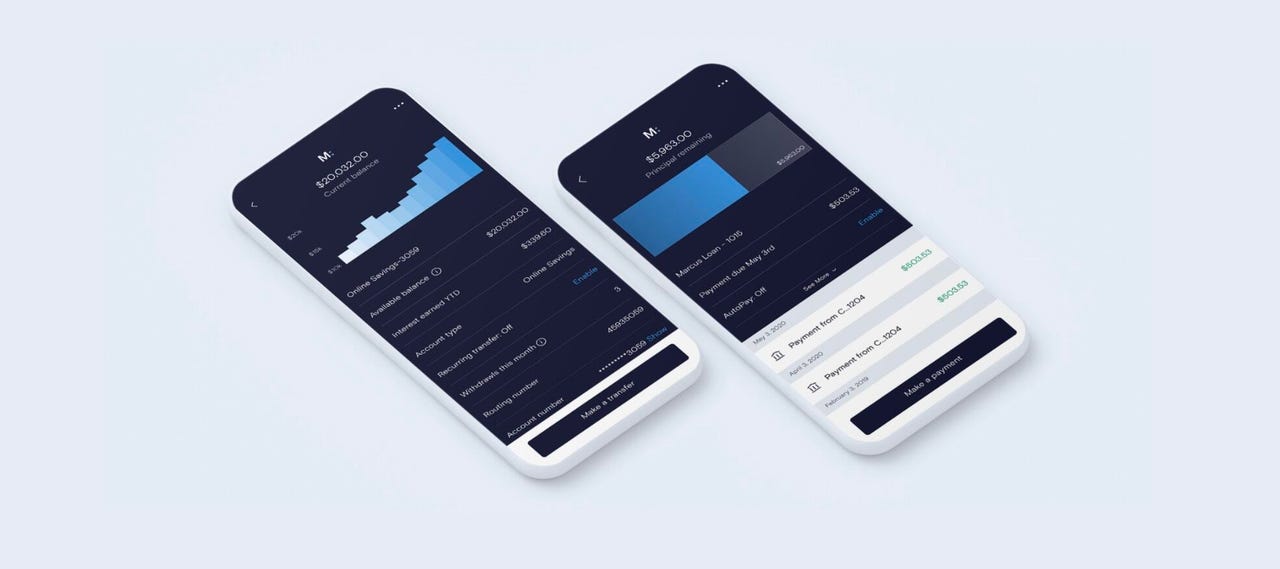Marcus raises APY on savings accounts to 1.20%, well above national average


The Marcus mobile app is well rated by consumers on both iPhone and Android.
Marcus by Goldman Sachs is now offering clients an interest rate of 1.20% on its savings account balances. For reference, the national average annual percentage yield (APY) for savings accounts, according to the FDIC, currently is 0.10%.
At a time when inflation is at a staggering 9.1% and the average gas price in the US is $4.80, having a higher APY on consumer savings can go a long way. Passive income can be a great way to hedge against inflation and other economic stresses currently impacting many consumers.
Goldman Sachs isn't the only online bank to offer a higher-than-average APY on savings accounts. American Express has a high-yield savings account with an APY of 1.00%, and Varo Bank also features a savings account with an APY of 1.20%. SoFi recently increased the interest rate of its hybrid checking and savings account to 1.50% for direct deposit members (0.90% for those who don't have direct deposit).
Also: The 5 best high yield savings accounts: Not your standard savings
The higher interest rate comes in the wake of the Federal Reserve raising the federal interest rate by 75 basis points -- the largest since 1994 -- in an effort to slow inflation.
However, a higher federal interest rate doesn't only mean higher savings account APYs. It also causes higher APRs for credit cards, personal loans, mortgages, and other forms of debt. By increasing the federal interest rate, the Fed hopes to slow down consumer spending in an effort to get prices under control.
If you have a large balance accruing interest on a credit card, now's the time to pay off as much of it as you can. It's also a good time to shop around for a high-yield savings account, as more increases could come since the Fed is expected to continue to raise rates in the coming months.